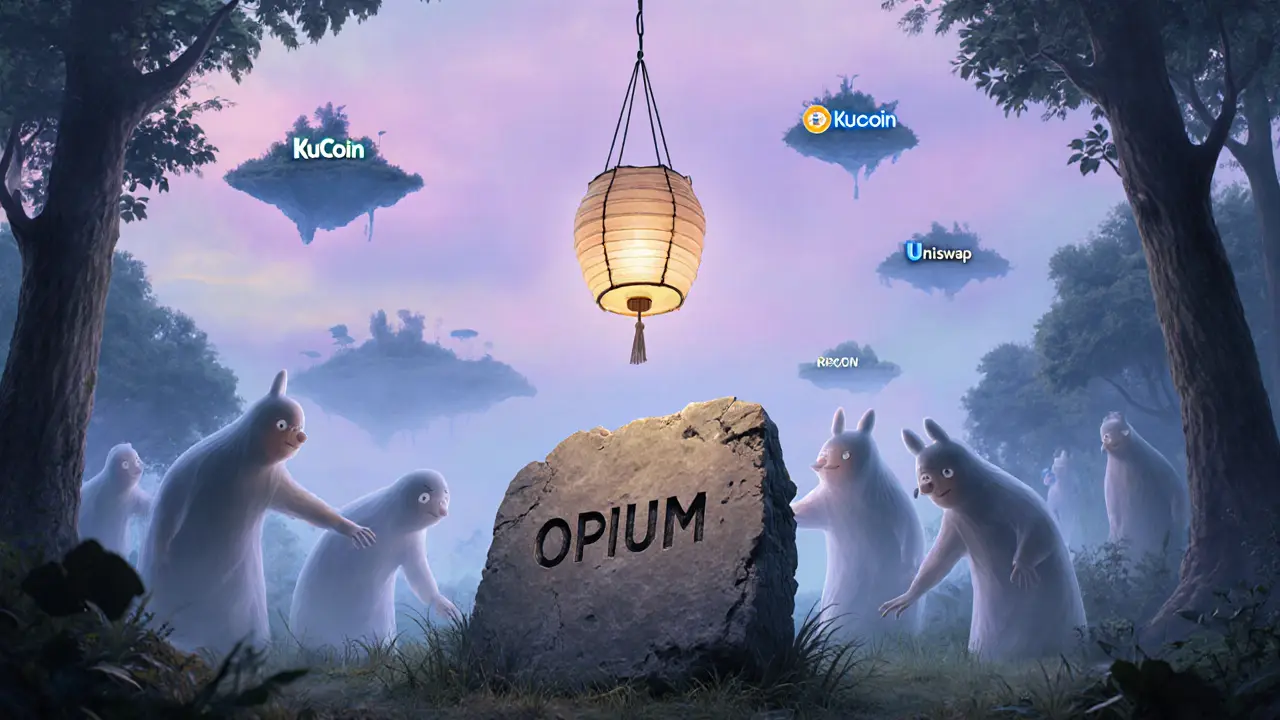OPIUM Token: What It Is, Why It Matters, and What You Need to Know
When you hear OPIUM token, a decentralized finance token designed to hedge against crypto volatility through options and insurance protocols. Also known as OPIUM crypto, it was one of the early attempts to bring real-world financial tools like options trading to blockchain users without relying on centralized exchanges. Unlike meme coins or speculative tokens, OPIUM was built with a clear purpose: to let traders protect their positions when markets crash. It didn’t chase hype—it tried to solve a real problem.
That’s why it connects directly to other DeFi tools you’ve probably seen in these posts. DeFi token, a cryptocurrency designed to power decentralized financial applications like OPIUM needs liquidity, smart contracts, and active users to work. Without those, even smart designs fail—just like Metano (METANO) or Web3Shot (W3S), which you’ll find listed below. OPIUM’s survival depends on the same things: real usage, not just price charts. It also ties into decentralized finance, a system of financial services built on blockchain without banks or middlemen platforms like Equilibrium or RingDAO, where users manage risk, earn yield, or claim tokens through active participation.
What you won’t find in the OPIUM story is a big marketing team or a celebrity backer. There’s no flashy airdrop like RichQUACK or PandoLand. Instead, you’ll find quiet technical work—options contracts, insurance pools, and governance votes. That’s why most people overlook it. But if you’ve ever lost money in a crypto dump and wished you had a safety net, OPIUM was made for that. The posts below dig into what happened to it, who still uses it, and whether it’s worth paying attention to in 2025. No fluff. No fake hype. Just facts from people who’ve tracked it since day one.
What is Opium (OPIUM) Crypto Coin? The Truth About This Obscure Token
Opium (OPIUM) is a micro-cap crypto token with no team, no whitepaper, and no utility. Trading at $0.03, it's confused with a separate NFT collection. Avoid it-there's no legitimate reason to invest.
